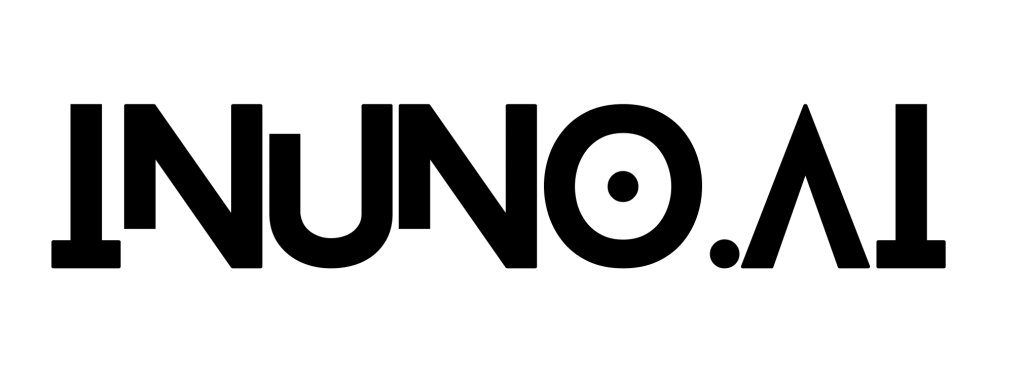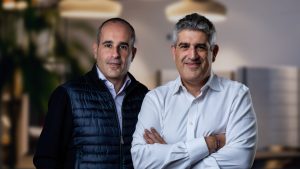A giant metal door leads to a bright, circular underground room. This is home to the crowning glory of the Geotechnical Centrifuge Center (GCC): the blue beam centrifuge, measuring nine metres. Constructing this research facility was no mean feat – but the builders rose to the challenge.
The centrifuge chamber is vibration-isolated and rests on four steel spring units to prevent interference with highly sensitive measurements in laboratories surrounding the GCC. Europe’s largest-capacity centrifuge has been operational and delivering research data since June 2023, but now ETH Zurich is celebrating this extraordinary piece of infrastructure on a very special date.
This is a day that Ioannis Anastasopoulos, Professor of Geotechnical Engineering and Head of the Department of Civil, Environmental and Geomatic Engineering at ETH Zurich, has been anticipating for a long time. It’s no coincidence that the inauguration of the centrifuge falls precisely on 17 January 2025.
While Anastasopoulos didn’t want to turn up to this ceremony empty-handed, preferring instead to have some first research results to present, this date is of great personal significance to him. It is the 30th anniversary of the 1995 Great Hanshin Earthquake, which devastated the city of Kobe in Japan. At the time of the disaster, Anastasopoulos was a civil engineering student. The event was instrumental to his future career, as it led to the decision to dedicate himself to geotechnical earthquake engineering.
He and his team use the centrifuge to conduct research into how buildings and civil engineering structures, including their foundations and the underlying soil, behave when exposed to the various forces of nature. To do this, they create reduced-scale models and place them at one end of the spinning beam centrifuge.
The models are then accelerated so strongly that the g-forces acting on them multiply. In this process, the models are exposed to forces of up to 100 g – in other words, one hundred times the Earth’s gravitational force. Scaled-down models of the ground cannot accurately represent reality, as the stresses in the ground are much smaller than those in real life, which affects the properties of the tested soil material. The increased gravitational field of the centrifuge multiplies the developing stresses in the model, reflecting real-life conditions, making this the only way to achieve realistic results.
Giving new life to an old centrifuge
While this may look like ultra-modern research infrastructure, it already has a few stories to tell from its past life. ETH made the conscious decision not to acquire a new centrifuge but rather to buy a decommissioned centrifuge from Ruhr University Bochum. Although a complete overhaul was needed and new parts had to be fitted, this approach only cost around one-quarter as much as purchasing a new centrifuge of the same capacity.








